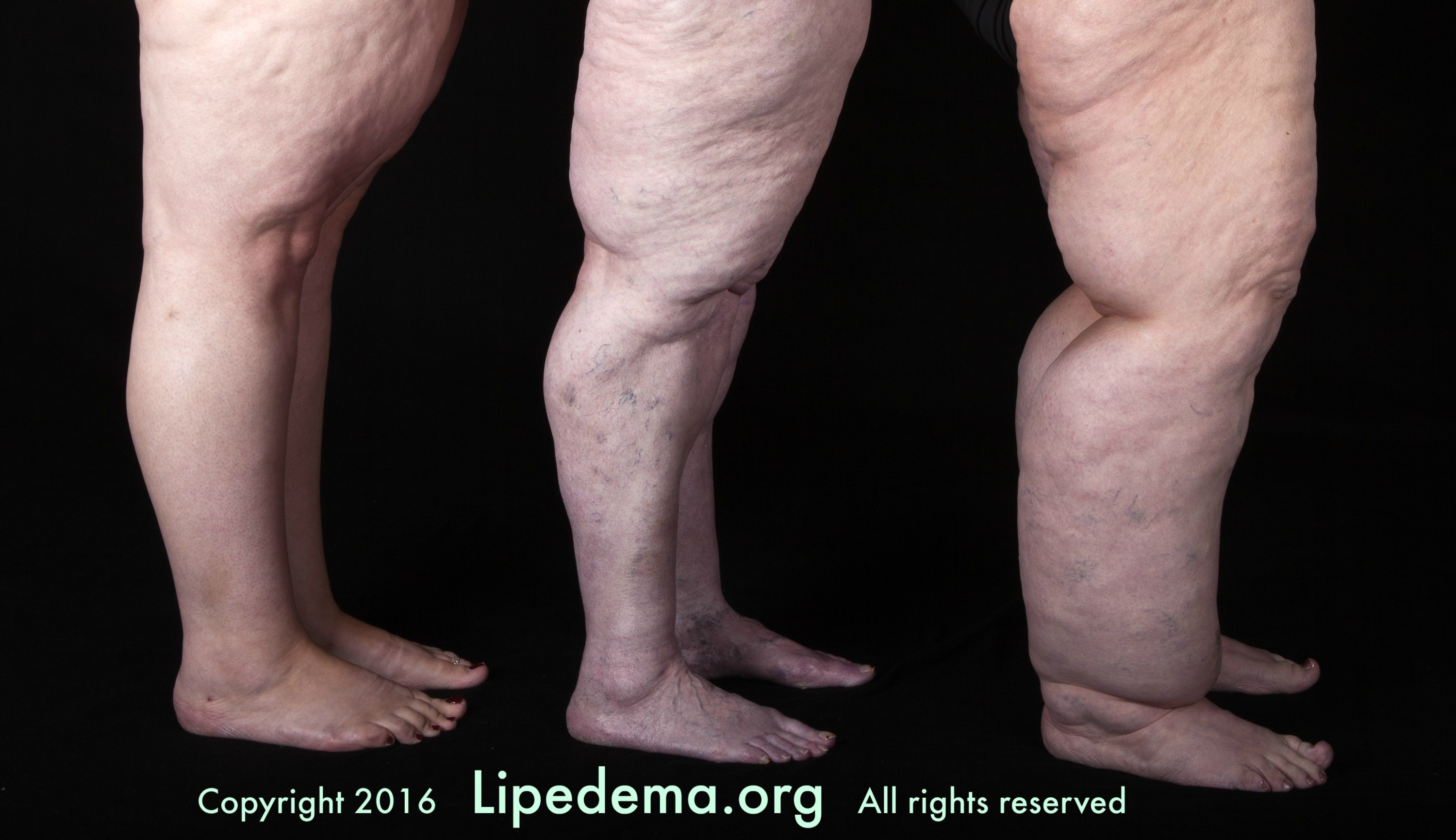 A new study at the University of Arizona seeks to determine the genetic risk factors for developing lipedema, a painful, body disfiguring, and debilitating condition characterized by excessive fat deposits causing enlargement of the buttocks, hips and legs and a relatively small waist circumference.
A new study at the University of Arizona seeks to determine the genetic risk factors for developing lipedema, a painful, body disfiguring, and debilitating condition characterized by excessive fat deposits causing enlargement of the buttocks, hips and legs and a relatively small waist circumference.
Yann Klimentidis, PhD, assistant professor at the University of Arizona Mel and Enid Zuckerman College of Public Health and member of the Center for Applied Genetics and Genomic Medicine, received a $115,000 grant from the Lipedema Foundation to study the genetic risk factors for developing the disease.
Often misdiagnosed as obesity, lipedema affects an estimated 11 percent of women in the United States, according to the National Institutes of Health’s Genetic and Rare Diseases Information Center. The painful fat and swelling in some patients can be so debilitating that their mobility is impaired.
Little is known about how and why lipedema develops. The disease tends to occur during puberty and other periods of hormonal changes. Many patients suffering from lipedema have been told by the medical community they are obese and should simply lose weight. However, no amount of diet, exercise or weight loss surgery can prevent lipedema, nor correct and cure its disproportionate fat deposits.
Additional research is needed to define, diagnose and develop treatments for this disease.
As a genetic epidemiologist, Dr. Klimentidis’ primary research focus is on the genetic basis of obesity and related diseases. He uses genetic information to understand exactly why and how disease occurs. This knowledge can be used to minimize health disparities, individually tailor treatment and prevention approaches and improve prediction of disease risk.
By capitalizing on existing studies, Dr. Klimentidis seeks to identify genetic risk factors for lipedema and follow-up on specific parts of the genome by examining gene expression levels in affected and unaffected fat tissue.
“We suspect many parts of our genome predispose individuals to developing lipedema,” said Dr. Klimentidis. “By identifying the genes that cause lipedema, we can identify the biological pathways and mechanisms that can lead to better treatments, and potentially make predictions of an individual's risk for lipedema.”
About the University of Arizona Mel and Enid Zuckerman College of Public Health
Established in 2000, the Mel and Enid Zuckerman College of Public Health at the University of Arizona Health Sciences is the first nationally accredited college of public health in the Southwest. Today the college remains the only accredited college of public health in the state of Arizona with campuses in Tucson and Phoenix. The college enrolls more than 1,100 students per year across degree programs at the bachelor’s, master’s and doctoral levels. Through research, education and community engagement, the UA Zuckerman College of Public Health continues to find solutions to public health problems in Arizona, the Southwest and globally. For more information: publichealth.arizona.edu (Follow us: Facebook | Twitter)
About the University of Arizona Health Sciences
The University of Arizona Health Sciences is the statewide leader in biomedical research and health professions training. The UA Health Sciences includes the UA Colleges of Medicine (Phoenix and Tucson), Nursing, Pharmacy and Mel and Enid Zuckerman College of Public Health, with main campus locations in Tucson and the growing Phoenix Biomedical Campus in downtown Phoenix. From these vantage points, the UA Health Sciences reaches across the state of Arizona and the greater Southwest to provide cutting-edge health education, research, patient care and community outreach services. A major economic engine, the UA Health Sciences employs almost 5,000 people, has nearly 1,000 faculty members and garners more than $126 million in research grants and contracts annually. For more information: uahs.arizona.edu (Follow us: Facebook | Twitter | YouTube | LinkedIn)
Photo captions:
Upper left: Often misdiagnosed as obesity, lipedema is a painful and body disfiguring condition affecting an estimated 11 percent of adult women in the United States. (Photo: Lipedema Foundation)
Lower right: Yann Klimenditis, PhD


